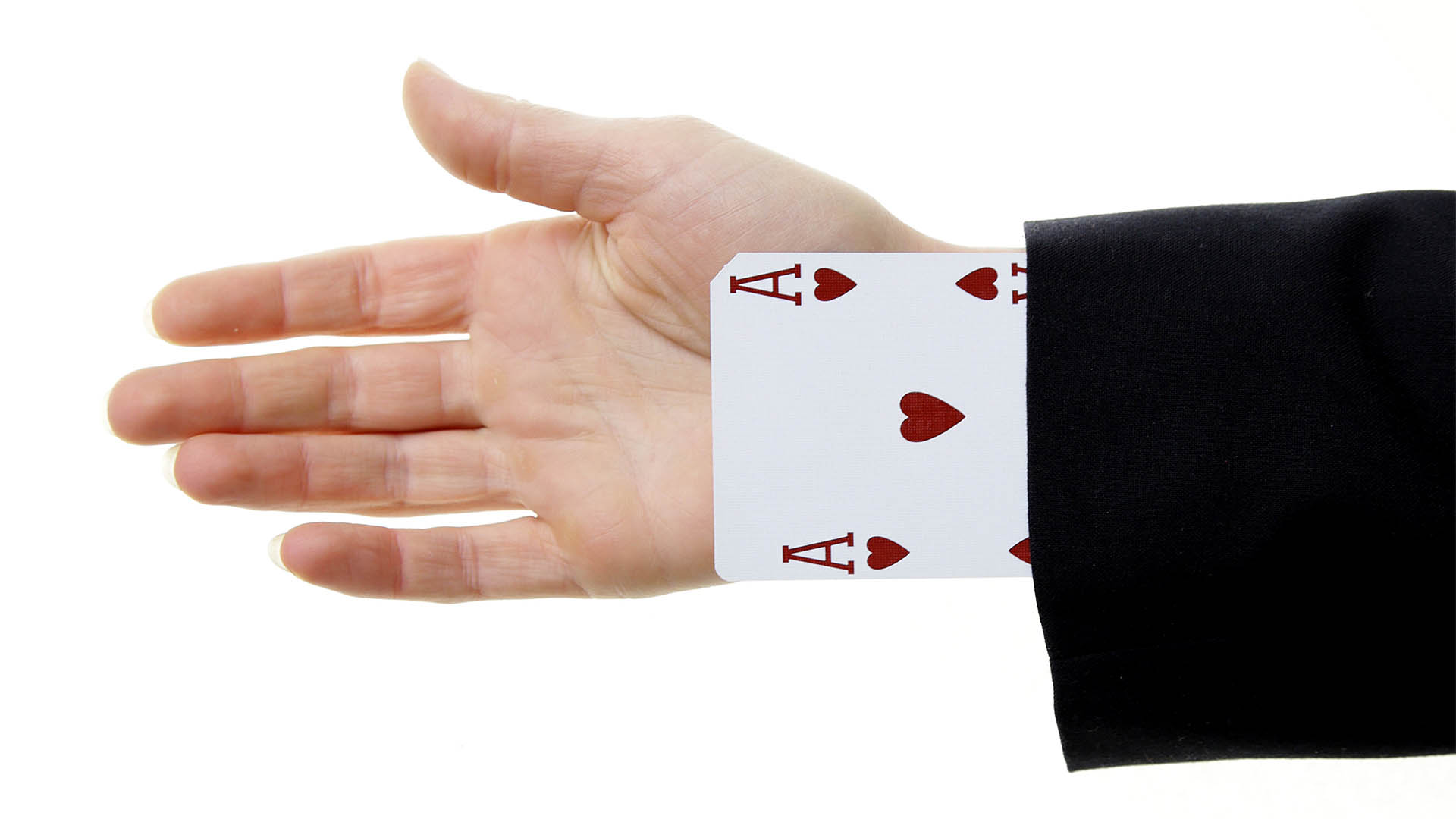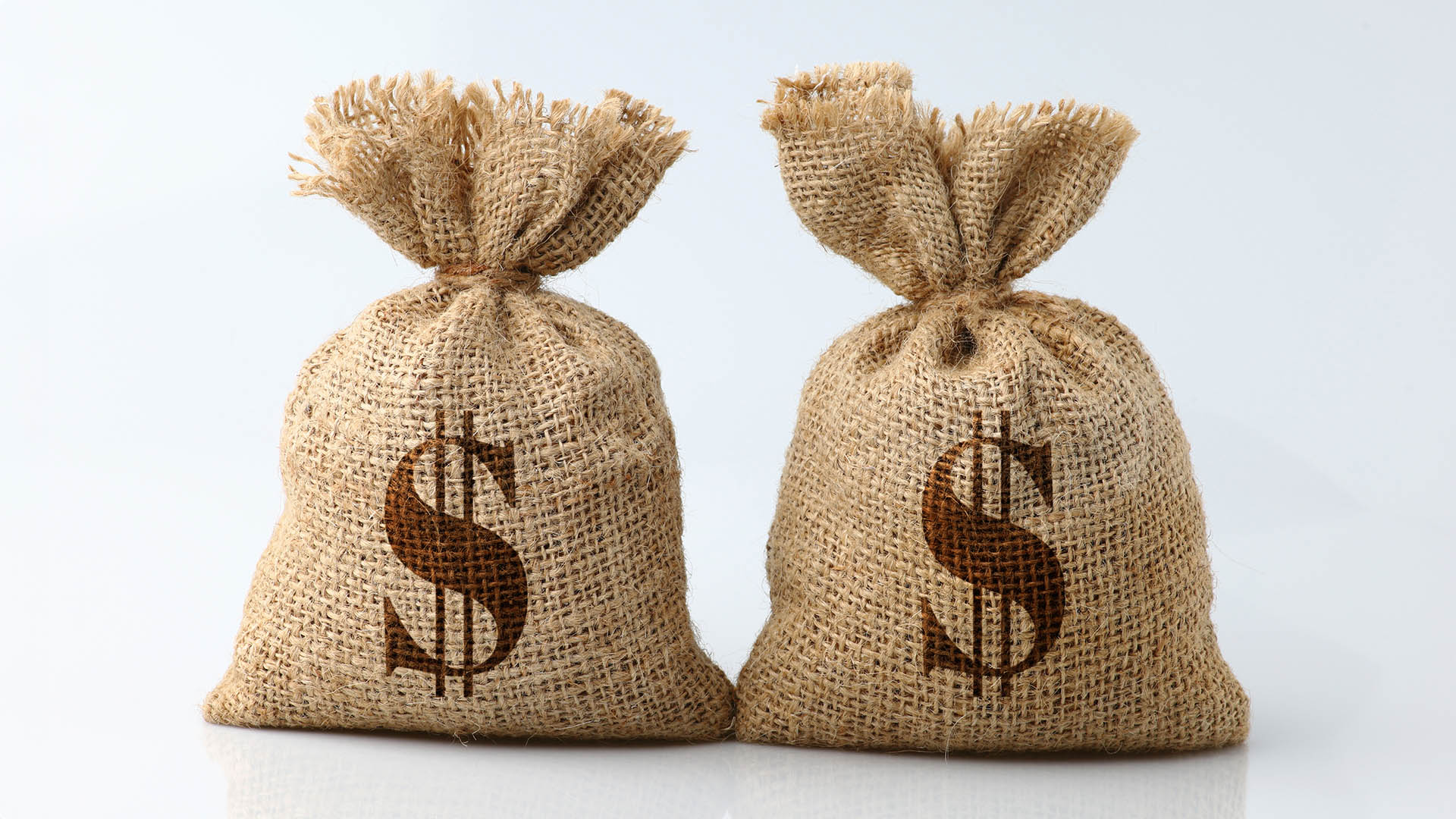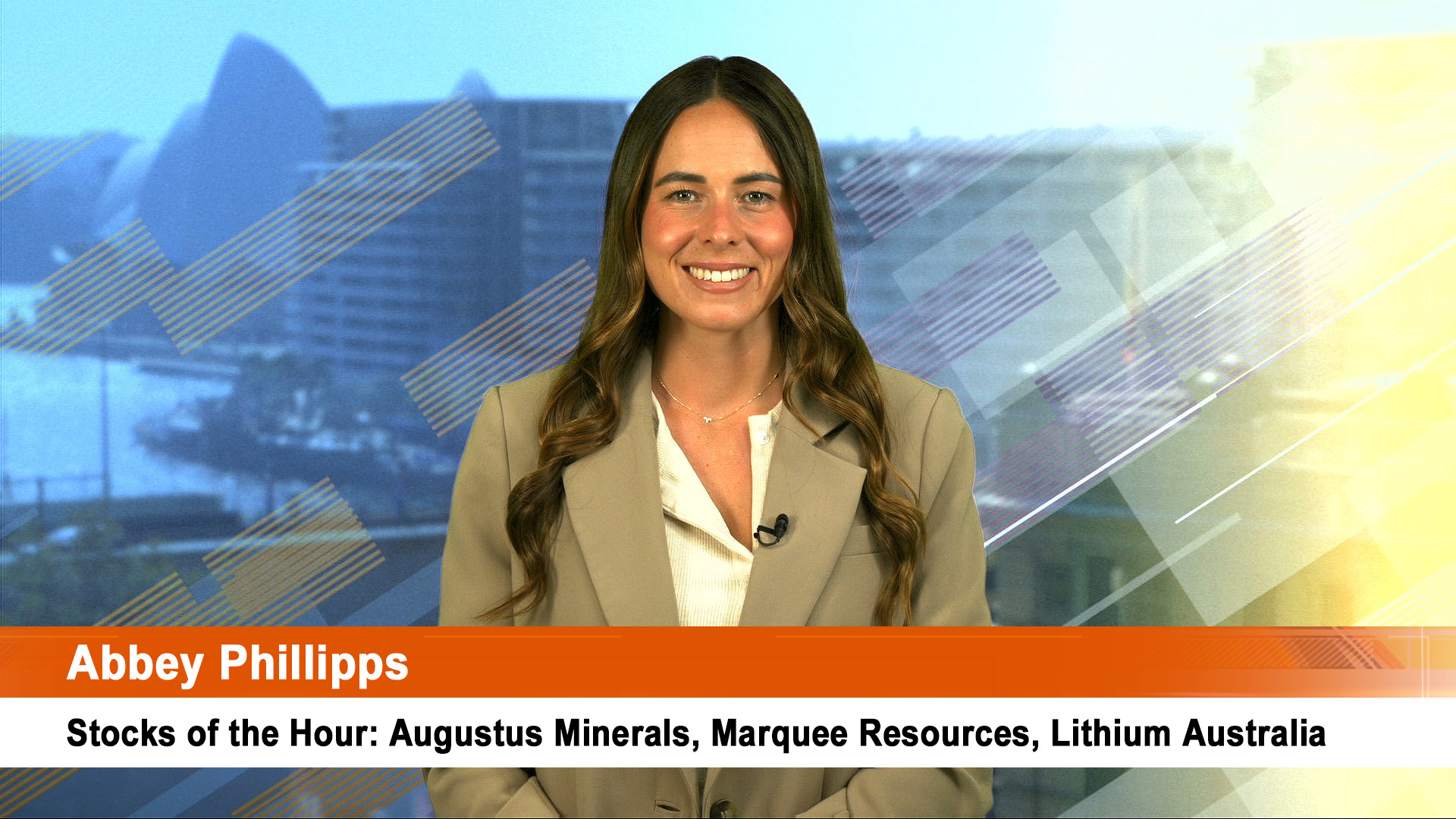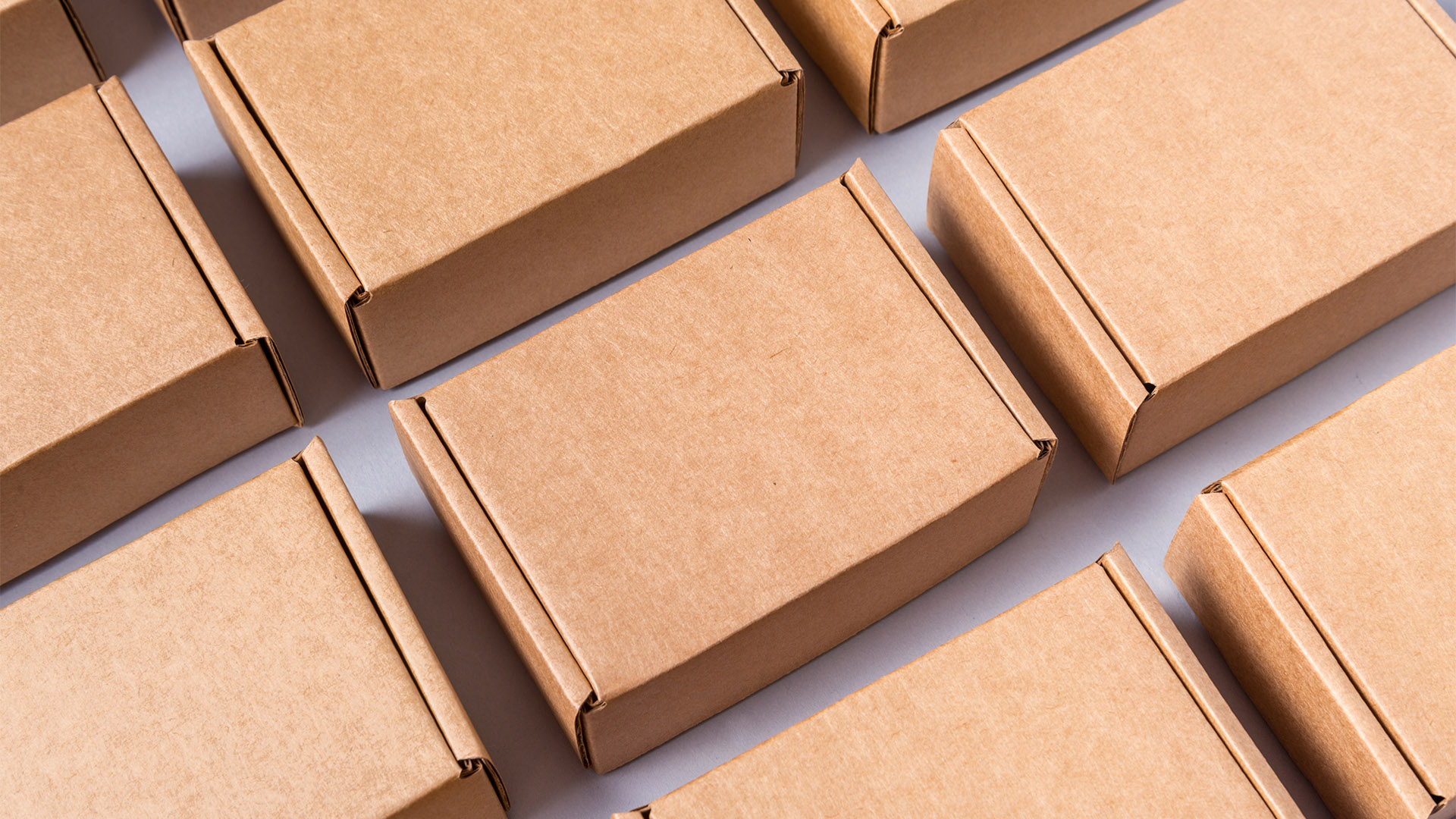The trade surplus narrowed slightly in April, but exports remained solid, although growth was at a slower pace than in March’s rebound.
The surplus was $1.597 billion, down from a revised $1.691 billion surplus in March ($1.740 billion originally).

There was no repetition of the sharp, $2.1 billion jump in exports in March as the coal mines of Queensland stepped up production and exports, or the $1.8 billion boost in the trade surplus from February’s $87 million deficit.
Imports in April rose 1% to $23.7 billion, led by higher imports of civilian aircraft.
Exports also rose 1% to $25.3 billion on a 4% rise in exports of metal ores and minerals (not iron ore).
The market forecasts had centred on a surplus of $2.1 billion in the month.
ABS figures show there was fall in iron ore shipments to $4.772 billion in April from $5.364 billion in March (which included catch up tonnage from January and February).
There was also a fall in the value of coal shipments to $3.121 billion from $3.251 billion in March.
Both were much higher than the value of exports of both in wet and windy January.
The ABS said non-rural goods rose $186m (1%), rural goods rose $141m (6%) and net exports of goods under merchanting rose $20m (77%). Non-monetary gold fell $264m (20%). Services credits rose $55m (1%).
In seasonally adjusted terms, exports of rural goods rose $141million to $2.7 billion, thanks to an 11% rise in shipments of grains and cereal preparations and a $56 million rise in other rural items.
The rise in non-rural items was due to a 4% ($263 million) increase in shipments of metal ores and minerals.
Coal exports were mixed with the ABS reporting that shipments of hard coking coal fell $213m (14%), with exports to China down $121m and Republic of Korea down $99m (51%), both driven by decreases in volumes
Exports of semi-soft coal fell $110m (15%) with exports to Republic of Korea down $99m (49%) and India down $22m (25%), both driven by decreases in volumes.
But shipments of bituminous (thermal) coal rose $181m (19%) with exports to Japan up $120m (26%) and volumes up 32%, and Taiwan up $42m (35%) with volumes up 37%.
On the imports, the ABS said there was a 12% rise in capital goods (or $489 million), but consumption goods fell $159 million.
The main component contributing to the rise in the seasonally adjusted estimates of capital goods was civil aircraft and confidentialised items, up $432m (141%).
The main component contributing to the fall in the seasonally adjusted estimates in consumption goods was non-industrial transport equipment, down $426m (31%).
That refers to the fall in Japanese car imports in the wake of the March 11 quake and tsunami.
The ABS produced figures on the impact of those disasters on Australia: it was weighted heavily towards imports, specifically cars.
"Between March and April 2011 merchandise imports from Japan fell $711m (48%) due primarily to a fall of $494m (81%) in the non–industrial transport equipment component," the ABS said yesterday.













